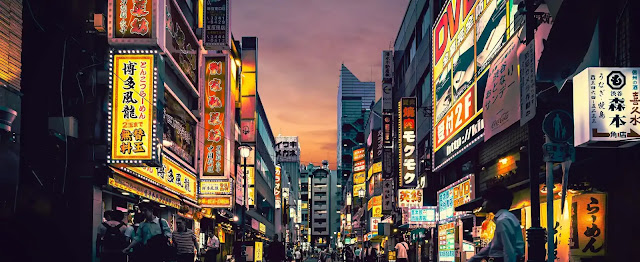The Largest Cities in the World
As the world’s population grows, urban centers are popping up all over the place. These are places where large populations congregate to take advantage of modern infrastructure, economic opportunities, and other amenities. While some cities in Europe are growing at a rapid pace, Asian cities continue to outpace their Western counterparts. Currently, most of the world’s top cities are found on Asia. The exception is Kinshasa, a city in Africa.
Tokyo, Japan is currently the world’s largest city, with a population of 37,435,192 residents. This is almost the same population as the entire country of Canada. But Tokyo may not remain at the top of the list for long, with its aging population and limited room to grow. So, what are the world’s largest cities? Let’s take a closer look at each of them to see where they rank in the global rankings.
While many cities have a high number of inhabitants, these are still relatively small in comparison to many of the world’s other megacities. However, a growing number of megacities are set to rise in the next decade. The UN estimates that by 2030, there will be 43 such cities. In 2018, 27 megacities were located in less developed areas, with nine more expected to pop up. By 2030, the list of top cities is expected to change, with the top city relegated to second place.
The United Nations defines a megacity as a city with a population of more than ten million people. This category also includes metropolitan areas, which are defined as cities that have been recognized as urbanized. They can be a part of a larger metropolitan area or a separate entity. Tokyo is the largest city in the world by population and is the largest megacity. The capital city of Japan, Tokyo is located on the eastern coast of Honshu.
Aside from Cairo, the other world’s biggest city, Karachi, is also a sprawling metropolis without a distinctive downtown area. With a population of over fifteen million, the metropolis has been growing steadily since its founding in 1729. It has a particularly bad air quality, with an average of 52 microns per cubic meter of air. Furthermore, it is one of 11 major cities to be running out of water.
Besides being the most populous city in Asia, Dhaka is the most densely populated city in South Asia. Its location by the Buriganga River makes it an important commercial center. Cairo, on the other hand, is Egypt’s largest city. It is the capital of the country and is also its largest city. Its history is complex but it still retains many traces of ancient architecture. The city’s current size is approximately ten times larger than it was fifty years ago.
Next on the list is Osaka, the largest city in Japan. This metropolis is home to the largest concentration of high-rise buildings in the world. It was not officially incorporated into a city until 1979, but its rapid development has led to it becoming one of the world’s largest economies. It is a bustling hub for business and culture, with more than twenty million people in the city’s city limits.



Post a Comment